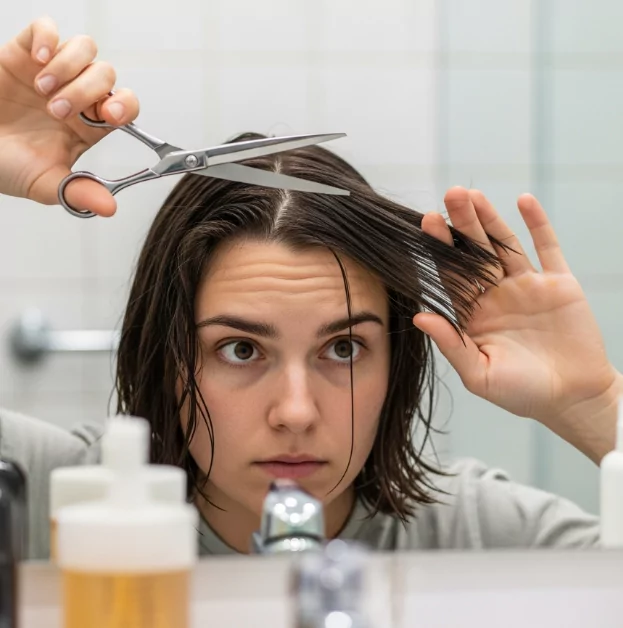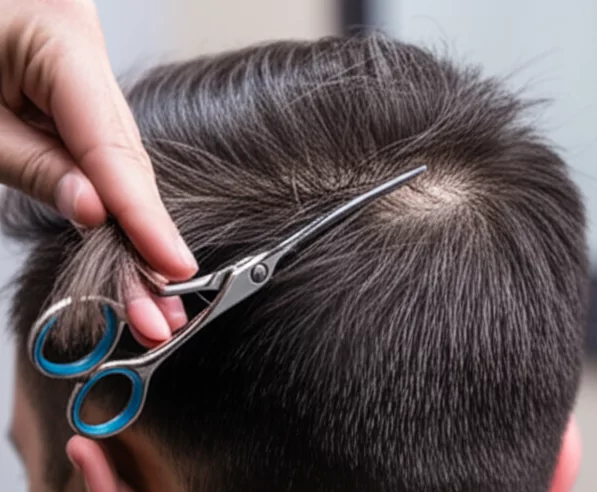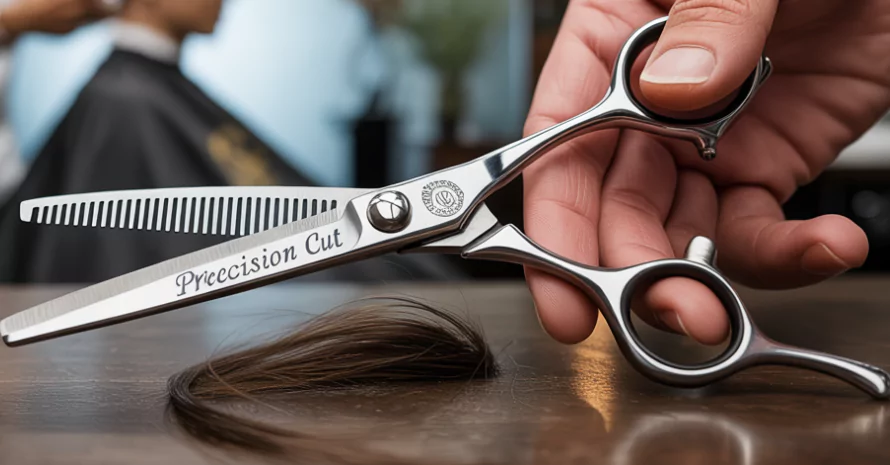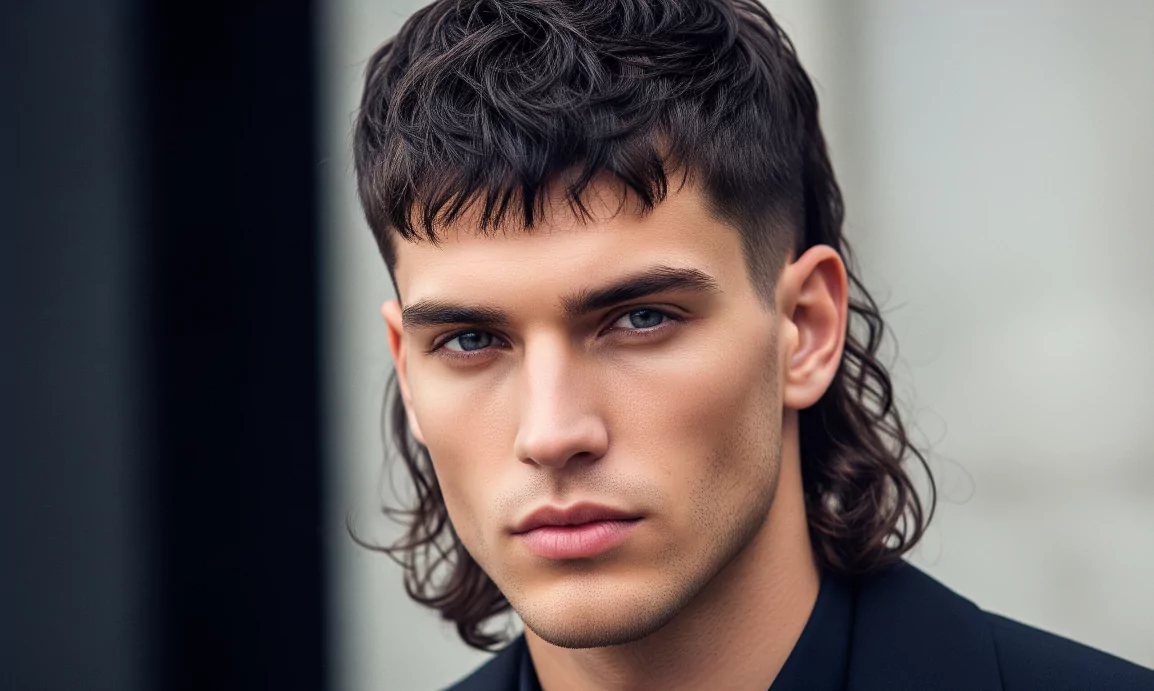Thick, unmanageable hair doesn’t have to be your daily struggle. Thinning shears transform heavy, bulky locks into perfectly textured styles that move naturally and look professionally crafted. As someone who’s spent over a decade perfecting hair thinning techniques in high-end salons, I’ll share the insider secrets that separate amateur attempts from salon-quality results.
Why Thinning Shears Transform Your Hair Game
Thinning shears solve problems that regular scissors simply can’t touch. They remove bulk without sacrificing length, create seamless blending between layers, and add natural-looking texture that makes styling effortless.
“The biggest mistake people make is thinking thinning shears are just for thick hair,” notes celebrity stylist Marcus Rodriguez. “They’re actually precision tools that can enhance any hair type when used correctly.”
How to Thin Hair with Thinning Shears
Thinning shears are specialized scissors with toothed blades that remove bulk and add texture to hair without changing its length.
Blending shears come in several configurations, each designed for specific cutting techniques. Single-sided thinning scissors feature one regular blade and one toothed blade, offering more control for beginners. Double-sided versions have teeth on both blades, removing more hair with each cut.
Tooth count directly controls hair removal intensity – 14-20 teeth create dramatic thinning for thick hair, while 28-40 teeth offer subtle texturizing perfect for fine hair and detailed face-framing work. Japanese steel blades stay sharper longer than German steel, and offset handles reduce fatigue compared to traditional straight designs.
Essential Pre-Cutting Preparation
“Never start thinning without a clear plan,” advises master stylist Linda Chen. “Random cutting creates chaos, not texture.”
Core Thinning Techniques Mastery

Point Cutting Method
Point cutting involves holding thinning scissors vertically and cutting into hair ends at varying depths.
Position shears at a 45° angle to hair strands, cutting approximately one-third into the length. Work in small sections, varying your cutting depth to avoid creating harsh lines. This method excels at softening thin hair without removing excessive volume.
Slide Cutting Technique
Slide cutting requires smooth, controlled movements along hair shafts. Open texturizing shears slightly and glide them down hair strands, allowing the toothed blade to selectively cut as you move.
This technique works exceptionally well for thinning curly hair because it preserves the natural curl pattern while reducing bulk. Always work on dry hair to see exactly how much you’re removing.
Twist and Cut Method
The twist cutting technique creates organic movement in thick, straight hair. Twist small hair sections away from the face, then use thinning shears to cut into the twisted bundle at various points.
This method prevents the harsh lines that can occur with traditional cutting angles. It’s particularly effective for men’s haircut thinning around the neckline and sideburn areas.
Hair Type-Specific Applications
Fine Hair Strategies
Thinning scissors on fine hair require an extremely light touch. Focus on haircut blending rather than bulk removal. Work only on the interior layers, leaving perimeter hair intact to maintain fullness.
Over-thinning fine hair creates stringy, lifeless results that take months to correct. Limit thinning to every third or fourth salon visit, allowing hair to recover between sessions.
Thick, Coarse Hair Solutions
Coarse hair tolerates aggressive thinning techniques that would destroy finer textures. Chunking technique works well here – remove substantial sections of hair from the interior while maintaining weight around the perimeter.
Focus thinning efforts in areas where hair naturally wants to stick out or create bulk. This typically includes the crown, behind the ears, and the lower occipital region.
Curly and Wavy Hair Considerations
Dry hair vs wet hair cutting becomes crucial with textured hair. Always thin curly hair when it’s completely dry and styled in its natural state. Wet curly hair lies flat, making it impossible to assess the true volume and shape.
Use a light touch with thinning curly hair – these textures spring up dramatically when cut, so less is definitely more.
Targeted Styling Solutions

Short Hair Thinning Mastery
Short hair thinning requires precision and restraint. Focus on areas where weight accumulates – typically around the ears and nape. Thinning shears on short hair should create subtle texture, not dramatic changes.
Pixie cuts benefit from light texturizing around the crown and temple areas. This prevents the helmet-like appearance that can occur with traditional scissor cuts.
Bang Cutting and Texturizing
Bangs cutting with thinning scissors creates soft, wispy fringe that flatters most face shapes. Work on dry bangs styled as you normally wear them. Cut upward into the fringe, removing every other section to create natural-looking gaps.
How to thin bangs with thinning shears properly involves working in the smallest possible sections. One wrong move can create a gap that takes weeks to grow out.
Long Hair Bulk Management
Long, thick hair often becomes bottom-heavy, creating unflattering triangular shapes. Thinning hair without losing length requires strategic bulk removal from the interior layers only.
Self-Cutting Techniques and Safety
DIY haircut with thinning shears requires extreme caution and realistic expectations. Start with the least visible areas and work conservatively. Professional results typically require professional training and experience.
Position mirrors to show both front and back views simultaneously. Work in small sections, constantly checking your progress from multiple angles. How to use thinning shears on short hair yourself is particularly challenging due to limited visibility.
“The most common DIY mistake is being too aggressive,” warns master stylist Jennifer Walsh. “You can always cut more, but you can’t put it back.”
Professional vs Home Results

Professional haircutting tips emphasize technique over tools. Salon professionals understand hair behavior, growth patterns, and how different textures respond to thinning. They also have the experience to correct mistakes before they become visible problems.
Best thinning shears for hair won’t compensate for poor technique. However, quality tools do make proper execution easier and safer for beginners.
Troubleshooting Common Problems
Mistakes using thinning shears typically fall into predictable categories. Over-thinning creates stringy, damaged-looking hair.
Conclusion
Mastering hair thinning techniques transforms your relationship with your hair. Whether you’re removing bulk from thick sections or adding subtle styling movement & texture to fine hair, thinning shears offer solutions that regular scissors simply can’t provide.
With proper understanding of cutting angles and finishing scissors techniques, you’ll achieve the naturally textured, professionally styled look that makes every day a great hair day.
Sarah Mitchell is a licensed cosmetologist and master stylist with over 12 years of experience in high-end salons. She specializes in precision cutting techniques and has trained hundreds of stylists in advanced texturizing shears methods.
FAQs
Q1: What is the best method for thinning hair?
The best method for thinning hair is using hair thinning techniques cutting with thinning shears, which safely remove bulk while keeping shape.
Q2: What is the best way to thin your hair?
The best way to thin your hair is by applying thinning shears and professional haircutting methods to prevent hair loss and maintain healthy texture.
Q3: How to make your hair thinner naturally?
You can make your hair thinner naturally with gentle hair extension techniques for thin hair and lightweight styling methods that reduce volume.
Q4: What increases hair thinning?
Hair thinning increases from poor diet, stress, and improper cutting, so learning how to cut my own hair with thinning shears the right way is essential.




